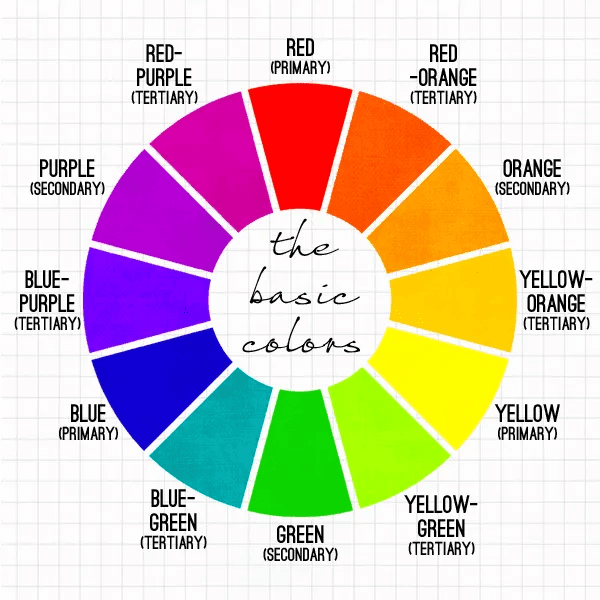Are you a small business owner? If so, then you understand the need to have a professional website.
After all, in the modern business world, there’s simply no excuse for not having a web presence where customers can find you, and then learn more about your products or services.
Once you’ve invited in a quality website, you then have the power to measure the quality of the website UX. What is the customer UX? Great question. Fortunately, you’ve come to the right place for information.
This article takes a look at how to measure user experience on your business website so that you can make improvements as needed. Keep reading to get the inside scoop on how to improve website user experience as well as the benefits of session replays.
1. Web Hits
Let’s start by taking a look at one of the easiest tools for customer experience analysis.
For example, Google Analytics, WebTrends, and Omniture all make it a breeze to quickly get a sense of how users are interacting with your website.
The key is to first have clear goals about what you’d like to accomplish with your web presence, and then to study these analytics to learn more about where to make adjustments.
2. Online Surveys
Surveys are another powerful tool for getting to the bottom of what users do or don’t like about your website. This is a great way to gather a tremendous amount of information about your target audience at minimal expense.
The key is to collect as large a sample as possible using highly calibrated questions designed to provoke the best responses possible. These responses should not only tell you what your customers do or don’t like about visiting your website, they should also provide valuable insight into customer expectations as well as how they think.
3. Eye Tracking
Next up is an incredibly useful type of technology known as eye-tracking. The purpose of the method of measuring the user experience is to literally record where the users are looking while visiting your website.
Eye-tracking is incredibly effective at providing insight into overt human behavior, cognitive processes, and how to create features on your website that will be more engaging for users.
You’ll be able to gather data on how to increase user engagement, how readers react to various types of content, and where they are looking versus where they actually end up clicking on the page.
4. Session Analysis
It’s also important to keep in mind that each session is a unique interaction. What are customers doing when they visit your website? This is an incredibly important question to ask.
The key is to take advantage of tools that enable you to observe customer activity in order to discover what features hold their attention longer, and why they exit your site quickly rather than continuing to explore.
Here is a resource that will enable you to record customer interactions.
5. Neuro-Marking
It’s crucial to keep in mind that users engage with websites on an emotional level, even if they aren’t consciously aware of this. That’s why it’s important to find a way to make their emotional experience as positive as possible. This is obviously easier said than done.
Neuro-marketing is a way of gauging the user experience that goes beyond the conscious mind. It helps provide a better understanding of what compels and appeals to individuals as they browse website content.
One of the most important features of this type of marketing technology is the ability to identify specific areas of trust when a user is interacting with your content.
Unfortunately, this type of technology also has disadvantages, such as the need to invest in equipment and to understand how to analyze the data it produces. But this shouldn’t discourage you from pursuing the adoption of these incredibly powerful tools.
6. Expert Review
As websites become more and more ubiquitous in the corporate world, the concept of expert review has also become more valuable to companies wanting to make their online presence as effective and profitable as possible.
This is a marketing research method that involves the rapid survey of a website by specialists in the field of user-centered design. It can provide priceless insight into how your website is performing, as well as areas where improvement can be made.
Some of the categories that expert review takes into consideration include navigation effectiveness, branding, overall visual presentation, content selection, and interaction simplicity.
This is one of the best ways to get results quickly without having to invest in additional equipment or vast amounts of time.
7. Heuristics
Heuristics is an area of cognitive sciences that is used to reveal a number of best practices for creating optimal design concepts for human interaction. For example, this field of study is extremely important for creating the best page layout and visual design.
This includes everything from the use of colors to information structure to the consistency of the terminology that you use on each page of your website.
8. User Testing
Here is another cost-effective way of collecting user information regarding the overall experience of interacting with your website.
The key to user testing is to gather a sample of your target audience in a lab or focus group and ask them to accomplish specific tasks. When they have difficulty with a specific feature or don’t like something about the overall design of the website, you will be able to receive immediate feedback.
One of the primary advantages of this type of testing is the fact that you can ask for feedback in real-time, and then see how they respond to possible solutions that you offer on the spot rather than waiting for those changes to be implemented at some point in the future.
A Businessowner’s Guide On How to Measure User Experience On Your Website
There’s nothing easy about running a profitable business. Fortunately, these tips on how to measure user experience will help make your website more effective at attracting customers.
Keep exploring this blog to discover more small business and tech-related advice.








